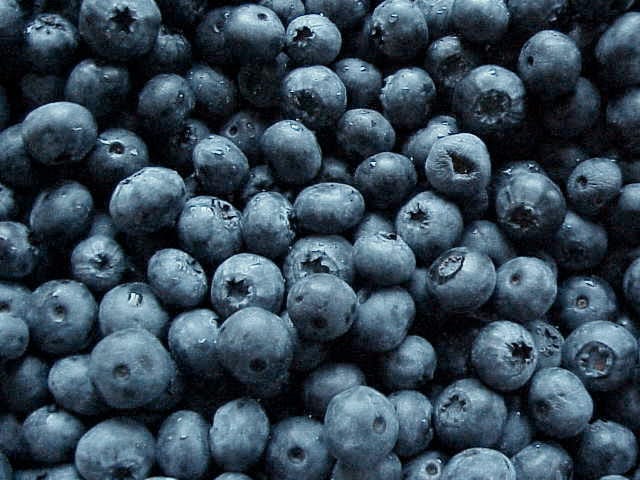A study by scientists from Zhejiang University, Hangzhou, China, has found that people who consume berries and the anthocyanins found in them may have a reduced risk of developing type 2 diabetes.
The study, published in the European Journal of Clinical Nutrition, set out to investigate the associations of dietary intakes of anthocyanins and berry fruits with the risk of type 2 diabetes and evaluate the potential dose-response relationships based on prospective cohort studies.
The researchers used data from three cohort studies which looked at dietary anthocyanin intake with 200,894 participants (12,611 of whom had type 2 diabetes), and five cohort studies which assessed berry intake, with 194,019 participants (13,013 of whom had type 2 diabetes).
The results showed that dietary anthocyanin consumption was associated with a 15% reduction in risk of type 2 diabetes, while consumption of berries was linked to an 18% reduction.
The risk of type 2 diabetes was decreased by 5% with each 7.5mg/day increment of dietary anthocyanin intake or with each 17g/day increment of berry intake respectively.
The researchers wrote: “T2DM [type 2 diabetes] and its associated complications cause serious medical and socioeconomic burdens. The findings from the present meta-analysis provide sufficient evidence that dietary intakes of anthocyanins and berries are associated with a lower risk of T2DM, respectively.”











